Renovation 1 BHK usually takes 2.5 to 3 months time if homeowner is staying at the same apartment where work us going on. Renovation work otherwise i.e homeowner staying at different apartment, can be completed in 45 days’ time.
We came across many homeowners who feel that renovation work has slowed down especially after civil work or changes are complete. To have the doubt cleared we approached different professional i.e. Contractor and Interior Designer for the same. This is what we concluded…
Well, there are 2 main reasons why homeowners feel that renovation work has slowed down-
(i) Lack of Knowledge of renovation process and
(ii) Late Payment
Let me elaborate of them :-
(i) Lack Of Knowledge
The renovation work usually goes on at same speed unless payments are not received or material not reached. But homeowners feel that the work is going too slow or not happening on time due to lack of knowledge. For e.g. After 1st coat of plaster, electrician will have their work done after this 1st coat. Then other wall finishing work is carried out. The client will not know all this internal procedure in detail because of which he thinks that work speed is not upto the mark.
(ii) Late Payment
Making timely payments is very essential. Late payment to not only dealers or material supplier will delay renovation work but late payment to hired professional (Contractor or Interior Designer) also delays work.
Its always a good idea to give advance amount to professional so that material for renovation work can be bought and work can begin. Professionals, especially Contractors purchases material as per project and requirement.
Let’s say For e.g. a contractor has quoted 7 lakhs for renovation work. I would say it’s a good idea to have made more than 50% payment and rest on timely basis. This will help the contractor buy material in advance so that work is not delayed. Home owners can have let the 10% of quoted amount (not more than that) be given after work completion. Like here home owner can keep a balance of Rs. 70,000 which is given after work completion. Or the client can give 50% advance payment and rest 50% of payment can be given in 3 parts for as and when work gets completed. The payment % and what parts will depend on client and contractor or Interior Designer’s deal.
[updated on 13-Feb-2023 by Nitin, Contractorbhai.com]
When you start talking to contractors & as kfor estimates, they prepare a long list of all tasks that are required. Each task has a description of activity, it’s rate & quantity information.
Three types of rates you will see are –
Running Feet
Square feet
Lumpsum
Running feet
tasks where width is less than 1 feet or 1.5 feet, rates are charges per running feet. For example – Door frame making charges are in running feet.
Square feet
Length & width are multiplied to get square feet area. Rates are charged per square feet. For example uf your room is 10 x 15 feet. Total area is 150 square feet. If the rate of flooring is Rs 120, it will be Rs 120 per square feet. Hence 120 x 150…
Lump Sum
certain tasks are charged per item or lump sum (approximate figure).
For example charges per electric point
Let’s dive into a few more examples to understand combinations of the above three..
False Ceiling –
rate for false ceiling making is charged per square feet. If Rate is Rs 90 per sq ft, for a room of 10 x 15, total charges will be 90 x 150.
However now our false ceiling design also requires cove making on edges of the room, additional charges for the same will be taken. These charges will be per running feet. Total running feet of edges will be (10 + 15 + 10 + 15 ), hence cost for same will be Rate x 50
If in 4 corners you fix a designer piece (cornice), rate is lumpsum per corner. Rate x 4 will be charged.
Kitchen Platform –
Rates are charged per Running feet. Kitchen Platform width is as per standard assumption of 12 – 18 inches, sometimes slightly more..But over here rate will include whole making of platform using granite, includes vertical partitions made with marble..
Window Frame & Door Frame –
Charged in running feet. So if the door is of size 7 feet x 3 feet. Door frame total running feet is (7 + 3 + 7 + 3) = 20 feet. So the cost of making the door frame will be Rate x 20.
Photoframe window frame cost can be 2-3 times of usual window framing rates. Because 3 sides are framed.
Carpentry –
wardrobes & other storages, width x height is calculated. Rates are charged per square feet. This rate assumes the standard dimension of depth (8 inch or more) of wardrobe. Rate includes complete making of wardrobe.
Wardrobe, bed, tv unit etc.. Two longest sides are multiple to calculate total area. If the bed is 7 feet x 6 feet x 1 feet size. Bed are of 7 x 6 = 42 is considered. Rate is per square feet for making bed. Hence Rate x 42 will be charged for making bed.
Electrical Point –
Electric points are charged as per lump sum basis. For each rate rate is fixed. This rate will include all mentioned material & labour required to complete one electric point. If a room has a total of 20 electric points, the cost for electric points will be Rate x number of points.
LOCATION SPECIFIC STANDARD RATES –
Every location has its standard rates & style of doing business. In Delhi NCR & nearby places you will find painters who charge per square feet & then there are many painters who charge lumpsum amount for the whole house. They will tell you the lumpsum amount for painting of 1 bhk 2 bhk etc…
Small , individual Tasks are charged in lumpsum & usually cost more. For example if you want to fix a patch in a wall. Or want to fix a piece of furniture. Or you just want to paint one room. Such individual tasks involve buying material at a higher price. It requires calling the labour team, labour charge for the whole day, hence cost will go up.


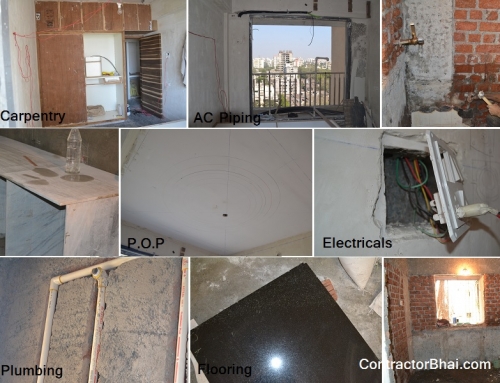
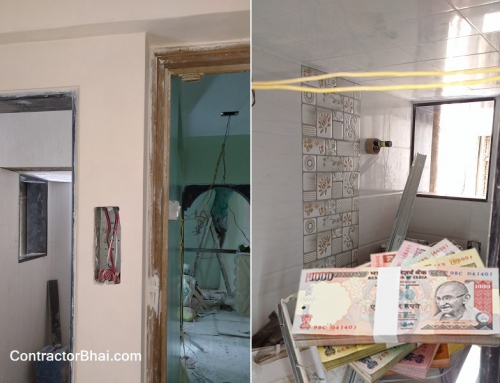
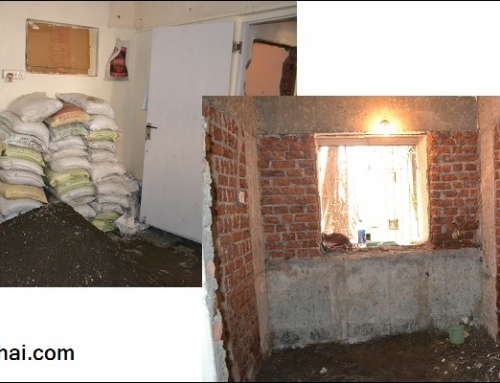
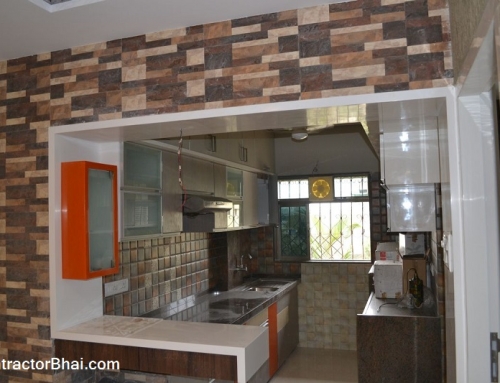
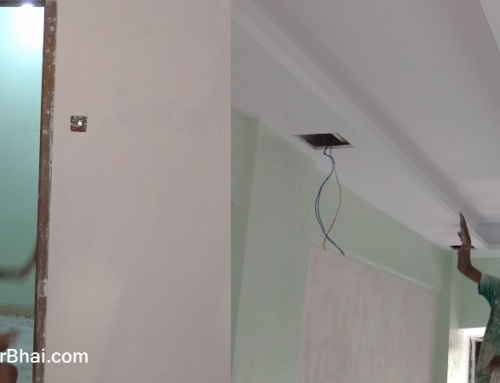
Leave A Comment